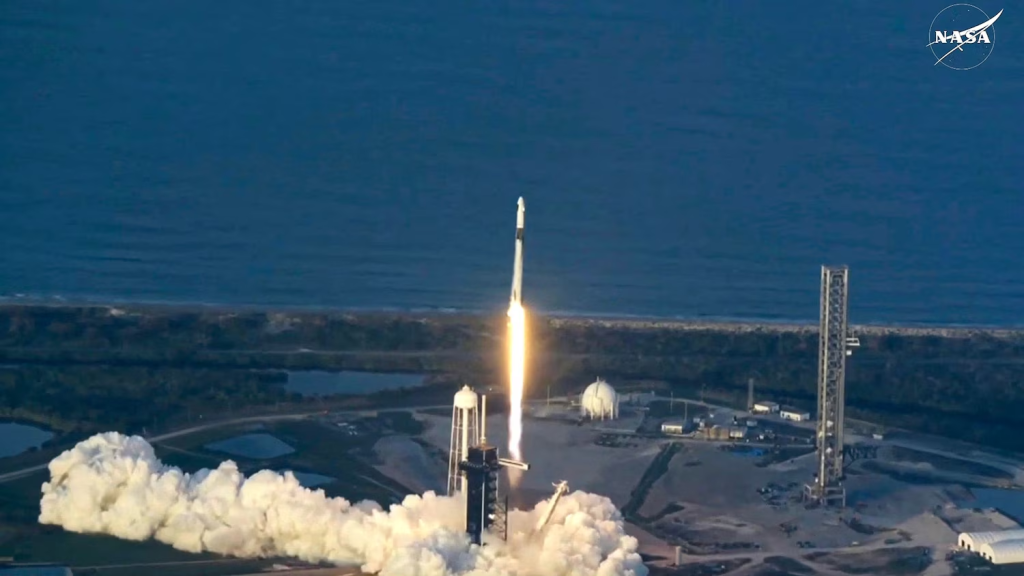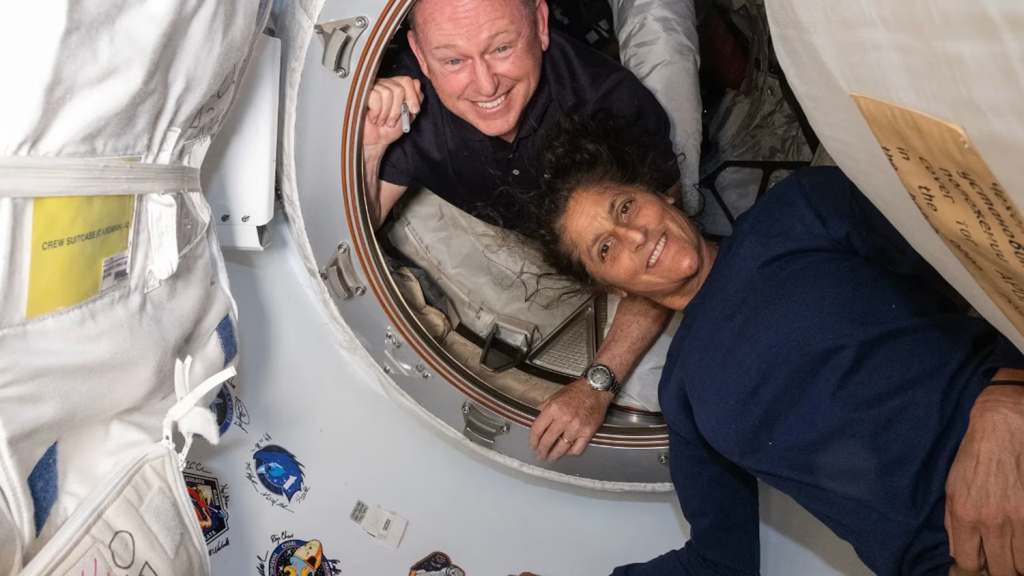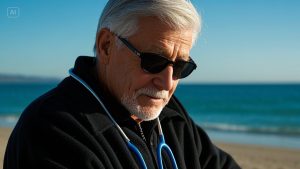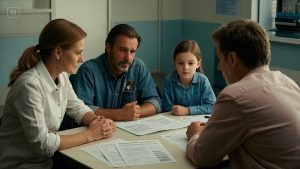The commander of the mission described it as “a privilege to call [the] station home.”

Early on Tuesday, SpaceX announced that NASA’s SpaceX Crew-10 mission had successfully undocked from the International Space Station and was returning to Earth with a crew that included two astronauts whose return to Earth was postponed.
“Dragon separation confirmed!” Social media posts were made by SpaceX. “To leave the @Space_Station, the spacecraft will now carry out a sequence of departure burns. In around 17 hours, Dragon will return to Earth’s atmosphere and splash down.
The mission had taken off Friday night from the Kennedy Space Center in Florida and docked with the space station at around midnight on Saturday night, following a scrubbed attempt the previous week.
Butch Wilmore and Sunita “Suni” Williams, two NASA astronauts, are now one step closer to leaving the ISS and going home.

At 1:05 a.m. ET, the Dragon broke away from the ISS and passed over and behind the station before undergoing a sequence of departure burns that propelled it in the direction of Earth.
Dragon commander Nick Hague informed the ISS crew, “On behalf of Crew-9, it was a privilege to call [the] station home,” as they said goodbye and commemorated their time aboard the capsule before to their departure.
Launched Friday at 7:03 p.m. ET, the spacecraft, propelled by a Falcon 9 rocket, had already accelerated to 17,500 mph as it entered orbit.
A ground support clamp arm issue with the Falcon 9 rocket caused the launch to be postponed from its original Wednesday evening date. Later, SpaceX said that the crew was once again approved for takeoff on Friday after the hydraulic system problem was resolved.
With Roscosmo, Russia’s space agency, Dragon is carrying the Crew-10 crew, which includes cosmonaut Kirill Peskov, NASA astronaut Anne McClain, the mission commander; NASA astronaut Nichole Ayers, the mission pilot; and astronaut Takuya Onishi of the Japan Aerospace Exploration Agency.
MORE: SpaceX says hydraulic problem that delayed Starliner mission resolved, ready for launch Crew-10 will relieve Williams and Wilmore and four other astronauts on the current station crew. When NASA decided it was hazardous to return the two astronauts home on the Boeing Starliner spaceship they rode into orbit, their intended one-week stay on the ISS became a nine-month mission.
The pair reached the ISS in early June, but NASA decided to return the Starliner home empty in September because of technical concerns. Boeing’s first crewed flight of the Starliner took place on this mission. On September 6, an empty Starliner made a safe return to Earth.
Since joining the ISS Crew-9 team, the two American astronauts have been actively involved in station maintenance and research. With 62 hours and 6 minutes in the vacuum of space, Williams’ prolonged stay in orbit also enabled her to break the record for the longest spacewalk by a female.
For a long time, NASA has maintained that Wilmore and Williams were never stranded or stuck.

Three months after they reached the ISS, in September, a Roscosmos Soyuz spacecraft carrying two cosmonauts and an American astronaut touched down at the station. The SpaceX Crew Dragon Freedom spacecraft carrying American astronaut Nick Hague and cosmonaut Aleksandr Gorbunov reached the station a few weeks later. Since then, both vehicles have stayed docked to the ISS and are still accessible in case of crises.
Williams, Wilmore, and the other two Crew-9 astronauts will return home in the same SpaceX Crew Dragon Freedom capsule that transported Hague and Gorbunov to the ISS and is presently parked there. The Soyuz and Endurance will stay docked to the station.
The present crew of seven and the new staff collaborate for a while to make sure the transition goes smoothly. Williams and Wilmore might return home as early as Wednesday, according to NASA.
According to NASA, during their journey, Crew-10 will carry out over 200 technological demonstrations and scientific experiments that will someday enable humans to travel farther into space.
Associated Subjects SpaceX




